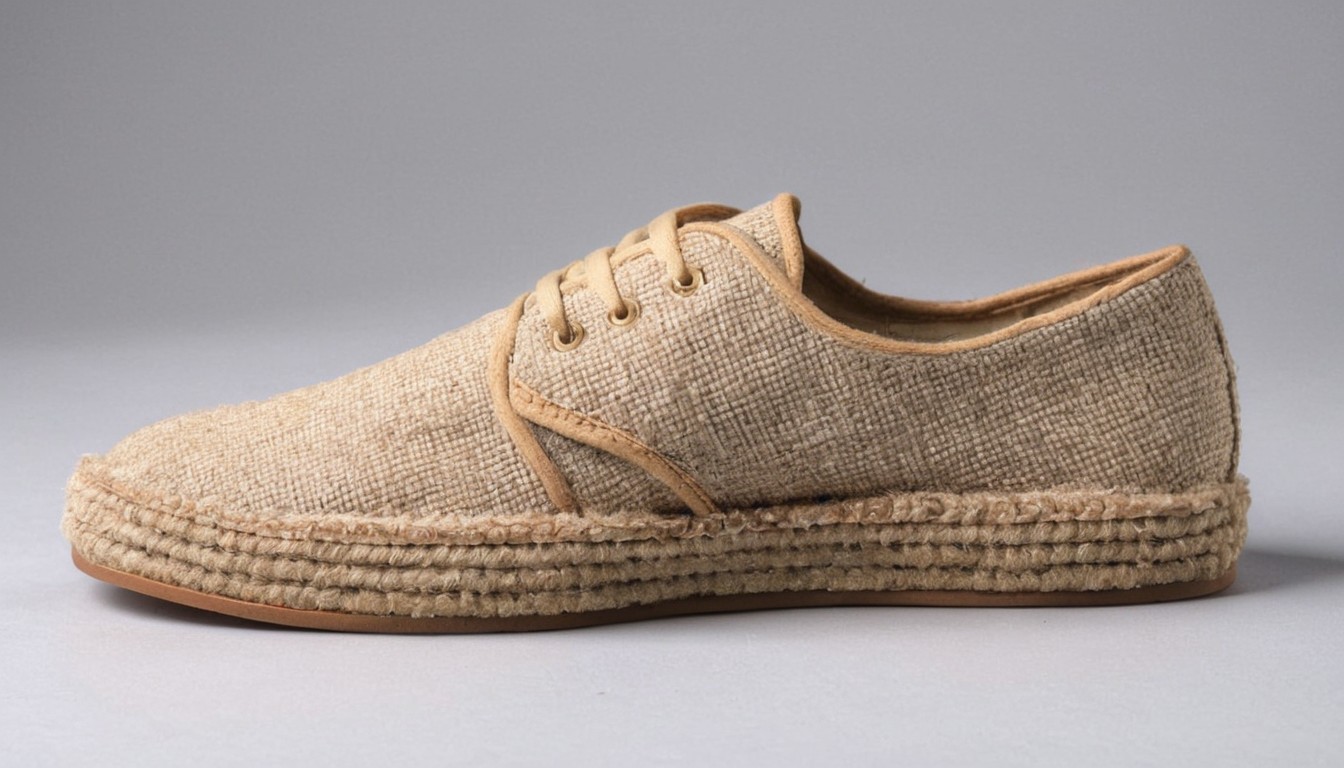Why Eco Friendly Shoes are Setting New Standards
The rise of eco-friendly shoes is revolutionizing the footwear industry, creating new benchmarks for sustainable fashion, and encouraging consumers to rethink their purchasing habits. In an age where environmental consciousness is no longer a fringe concern but a mainstream demand, eco-friendly shoes are not just a trendy choice; they are setting new standards that challenge traditional manufacturing processes and redefine the very essence of what it means to be a responsible company in the 21st century.
Introduction to Sustainable Footwear
The concept of sustainable footwear is born out of a necessity to address the extensive environmental impact of the traditional shoe manufacturing industry. This industry has long been criticized for its use of toxic materials, excessive water consumption, and significant carbon emissions. Eco-friendly shoes, designed to minimize environmental harm, are now at the forefront of an industry-wide transformation. Their production typically involves renewable materials, ethical labor practices, and a conscious effort to reduce the carbon footprint, setting them apart from their non-sustainable counterparts.

Renewable and Recycled Resources
One of the critical factors that contribute to the eco-friendliness of a shoe is the choice of materials. Sustainable footwear companies are increasingly turning to renewable materials like organic cotton, natural rubber, and hemp. Moreover, some are pioneering the use of recycled plastics and synthetic materials, giving a second life to what would otherwise be waste. The aim is to both reduce reliance on non-renewable resources and minimize the pollution that results from the production and disposal of materials.
Innovative Biodegradable Options
In addition to using recycled and renewable materials, some companies are exploring biodegradable options. These materials decompose naturally over time, reducing the accumulation of waste in landfills. Products developed with biodegradable components, such as corn-based soles or bamboo fibers, demonstrate how innovation is guiding eco-friendly practices toward a more sustainable future. Hemp shoes are another emerging trend in sustainable footwear, offering durability and environmental benefits.
Reducing The Carbon Footprint
Creating an eco-friendly shoe is not just about the materials; it’s also about transforming the manufacturing process. Traditional shoe production is energy-intensive, leaving a sizeable carbon footprint. Eco-friendly shoe brands are setting new standards by investing in renewable energy, aiming for carbon neutrality, and optimizing logistics to lower their overall environmental impact. These initiatives often extend beyond the factory floor, influencing how companies approach every aspect of operation, from design to delivery.
Ethical Labor and Community Support
Sustainability encompasses not only environmental impact but also socio-economic elements. Ethical labor practices are a pillar of responsible footwear brands, ensuring that the individuals crafting these shoes are working under fair conditions and receiving just compensation. Additionally, many eco-friendly shoe companies engage in community programs and partnerships that support local development, demonstrating a commitment to holistic sustainability.
Increased Demand for Sustainable Options
As awareness about environmental issues grows, consumers are increasingly looking for sustainable options in all aspects of their lives, including their footwear. This demand is influencing market trends and directing mainstream brands to adopt green practices. The shift towards eco-friendly shoes is then not only a choice by smaller, niche brands but also a strategic move by larger players in the fashion industry.

Educating and Engaging Customers
For eco-friendly shoes to set new standards, consumers must be educated about their benefits and the problems with traditional footwear. Brands are taking up this mantle by engaging with their customers through marketing, packaging, and direct communication, which inform them about the positives of sustainable shoes. This consumer education is a crucial step in shifting perceptions and habits towards more eco-conscious choices.
Overcoming Production Hurdles
While strides have been made in eco-friendly shoe production, challenges remain. The development of sustainable materials that offer the same performance and durability as conventional ones is an ongoing process. Moreover, ensuring the sustainability of the entire supply chain is a complex endeavor that requires continuous improvement and innovation.
The Path Forward for Footwear
Despite these challenges, the possibilities for eco-friendly shoes are expanding. Advancements in technology and materials science hold the potential to improve performance and reduce costs, making sustainable footwear accessible to a broader audience. As these products become more mainstream, they set a precedent for other industries, contributing to a global movement toward environmental responsibility.
Conclusion
The emergence of eco-friendly shoes is more than just a fleeting trend; it represents a significant shift in consumer behavior, manufacturing practices, and industry standards. By prioritizing sustainability in materials, production, and business ethics, these shoes are not only providing consumers with more responsible choices but are also paving the way for a more sustainable future in fashion and beyond. As the world continues to grapple with the consequences of climate change and resource depletion, eco-friendly shoes stand as a testament to the power of innovative thinking and the importance of environmental stewardship. They demonstrate that the steps we take—both figuratively and literally—can lead us towards a greener, more sustainable path.

